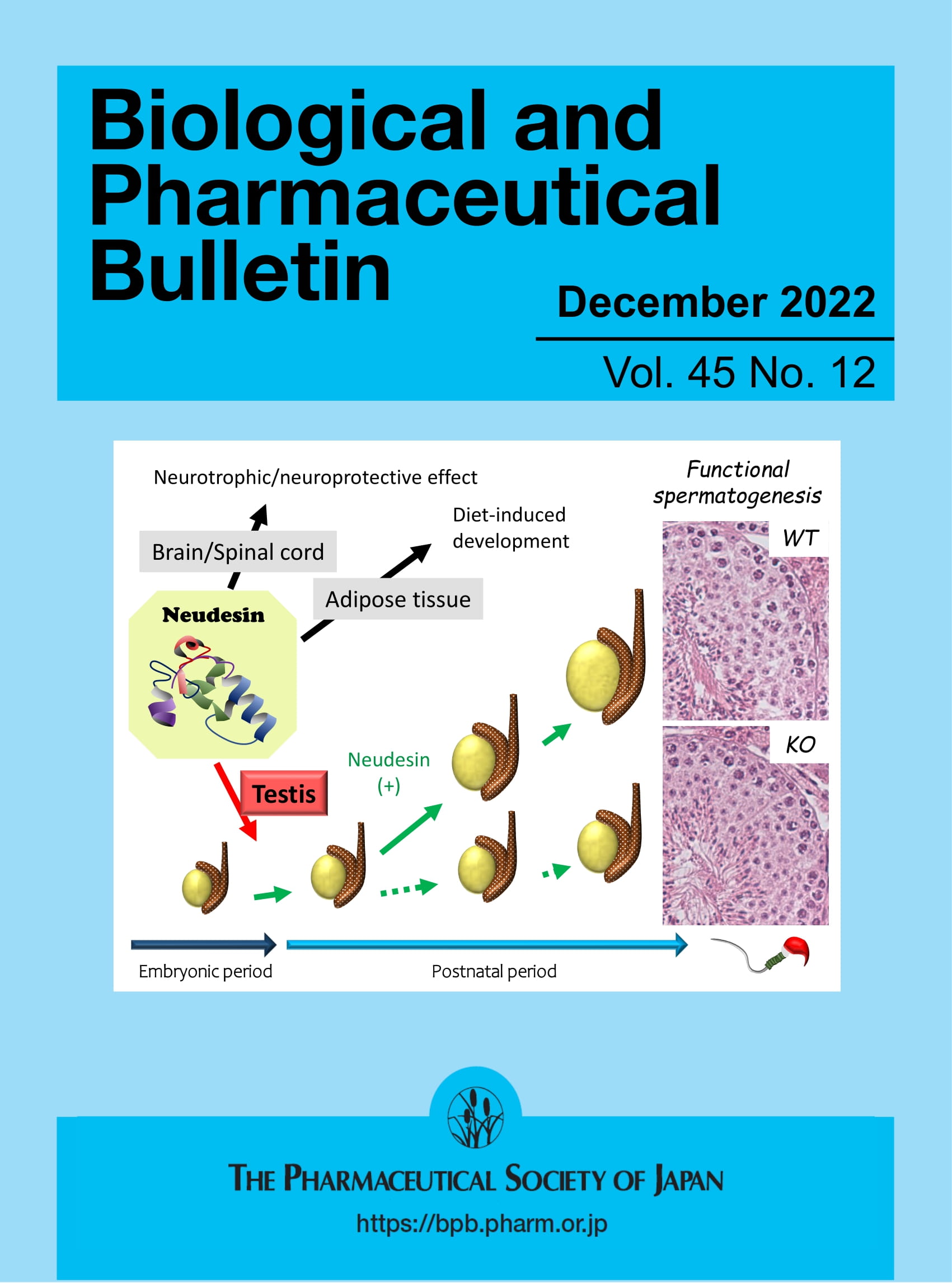Thermal Desorption and Extraction Coupled With Gas Chromatography and Mass Spectrometry for the Quantification of Polystyrene Nanoplastic in Pak Choi
Abstract
Rationale
It has been demonstrated that microplastics and nanoplastics (MNPs) can be found in soil and that MNPs can be taken up by plants. In order to conduct a risk assessment for human consumption, it is necessary to have an estimate of the mass concentration of plastics in crops. A new thermal extraction and desorption coupled with gas chromatography and mass spectrometry (TED-GC/MS) method has been developed for the analysis of polystyrene (PS) in pak choi.
Methods
In this study, a thermogravimetric analyser (TGA) equipped with a thermal absorption unit (TAU), was coupled with a GC system equipped with a thermal desorption unit (TDU2), a (5%-phenyl)-methylpolysiloxane GC column and a GC/MSD single quadrupole mass spectrometer. The systems were connected via an MultiPurposeSampler (MPS). Samples were pyrolyzed in the TGA; the pyrolysis products were trapped on a PDMS polymer bar, desorbed in the TDU, separated and analysed on the GC/MS system.
Results
The purpose of this study was to investigate the qualitative and quantitative detection of PS MNPs in pak choi. The determined limit of detection (LOD) was 0.09 μg, and the limit of quantification (LOQ) was 0.28 μg PS absolute. Plants treated with 100 nm of particles 19.0 ± 6.7 μg/g DM PS and in the plants treated with 500 nm of particles 64.1 ± 8.6 μg/g DM PS have been found.
Conclusions
This study was the first to use a TED-GC/MS method for the detection of PS nanoplastics of different sizes in pak choi and thus provides an important basis for the determination and risk assessment of PS in vegetables.


 求助内容:
求助内容: 应助结果提醒方式:
应助结果提醒方式:


